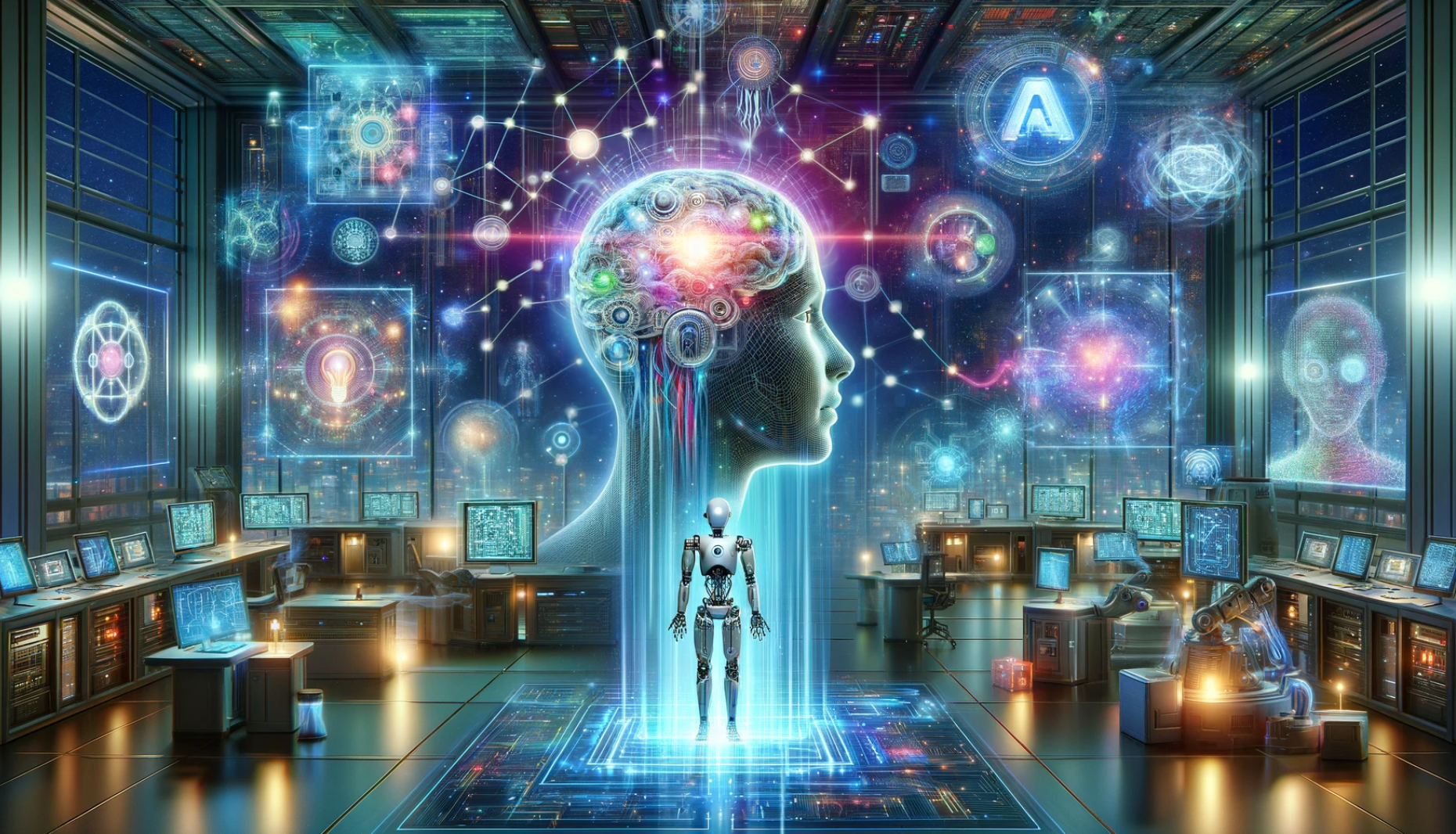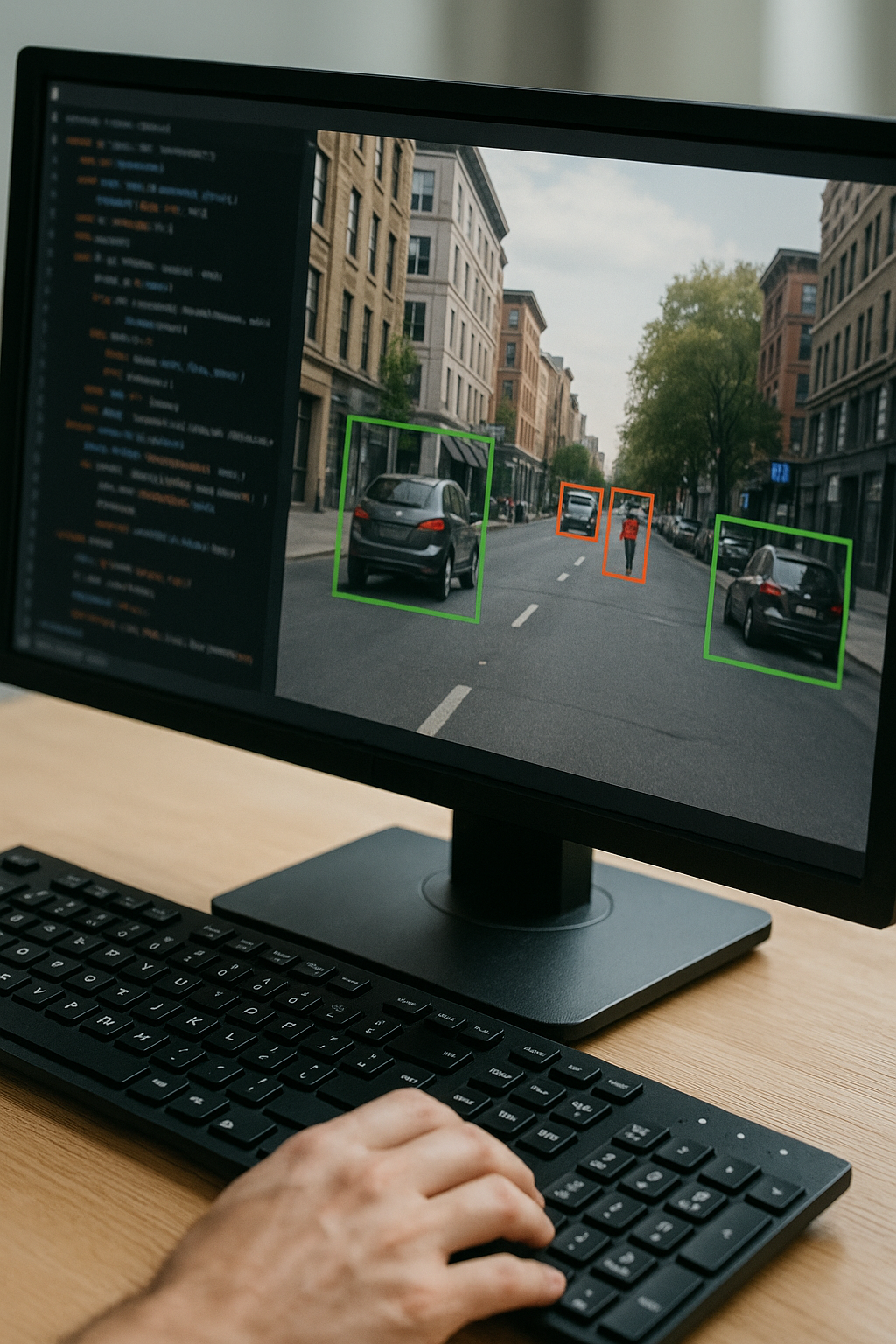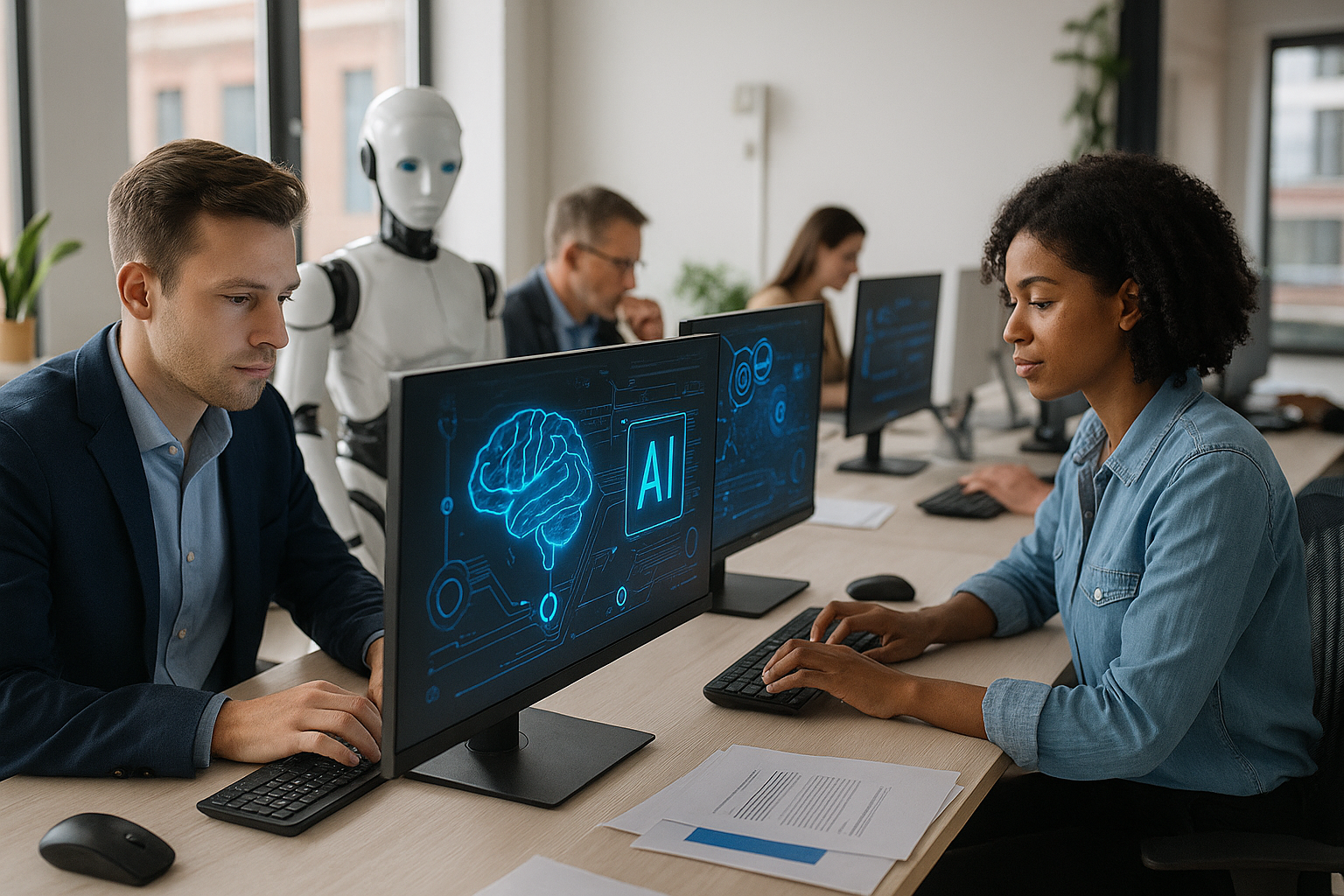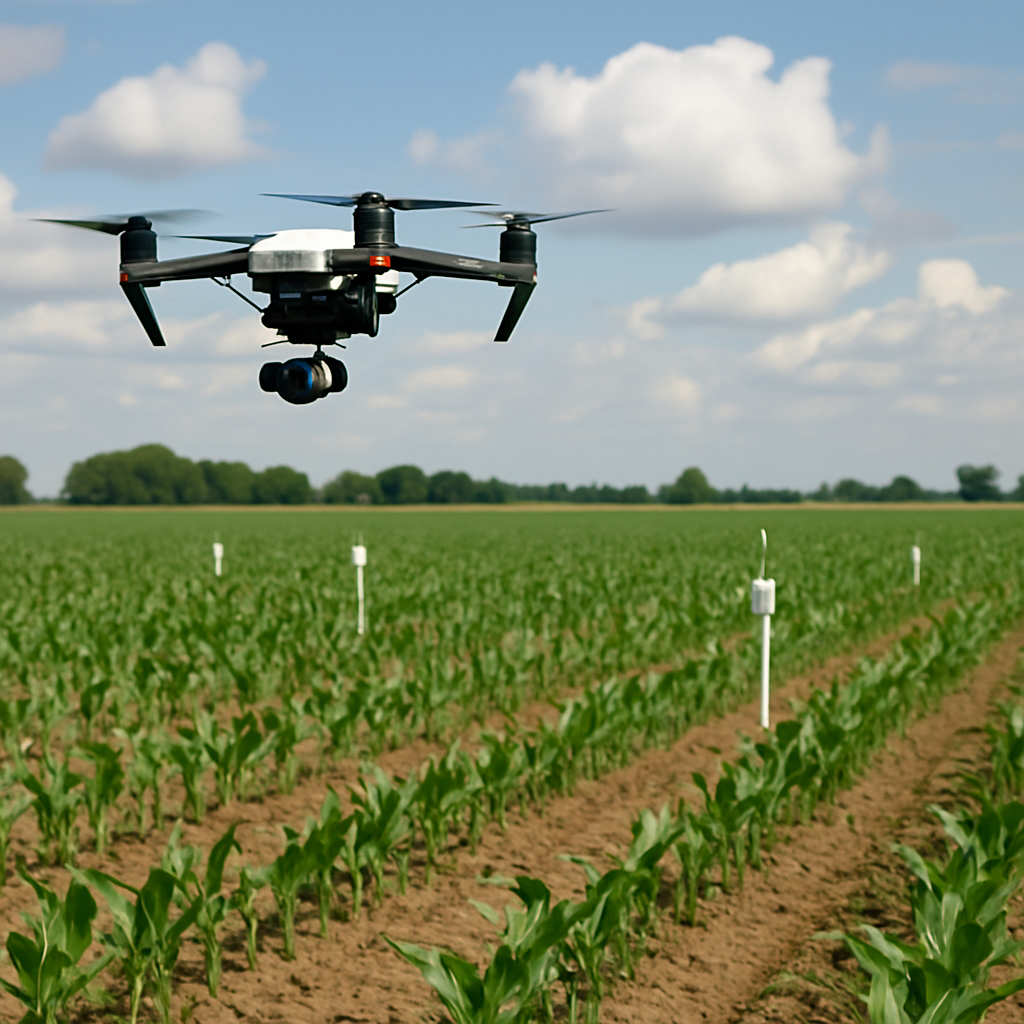Unveiling the Magic Behind the Machine
A Deep Dive into Fundamentals and Applications
Artificial intelligence (AI) has become a ubiquitous term, woven into the very fabric of our daily lives. From the moment you unlock your phone with facial recognition to the personalized news feed you see on social media, AI is quietly working behind the scenes. But what exactly is AI, and how does it function on a deeper level? Let's embark on a thrilling journey to understand the intricate workings of intelligent machines!
Beyond Science Fiction: Unveiling the Core Principles of AI
Forget the robots taking over from dystopian movies. At its core, AI is a branch of computer science dedicated to creating intelligent systems capable of mimicking human cognitive functions. However, these systems aren't sentient beings; instead, they are complex algorithms fueled by vast amounts of data. Imagine a vast library containing all the knowledge in the world. AI algorithms are like tireless researchers, meticulously sifting through this data to identify patterns and relationships. Over time, these algorithms become adept at making predictions and classifications, even on entirely new and unseen data.
The Powerhouse of AI: Unveiling the Nuances of Machine Learning
One of the most powerful tools in AI's arsenal is machine learning. Here, the concept gets a bit more technical. Imagine a student tirelessly studying mountains of textbooks to excel in an exam. Machine learning algorithms work in a similar way, ingesting data and using it to identify patterns and relationships. Over time, these algorithms become adept at making predictions and classifications, even on entirely new and unseen data.
Here's a deeper look into some of the most common machine learning techniques:
Supervised Learning: The Teacher-Student Analogy
Imagine a student with a teacher providing the answers and correcting mistakes. Supervised learning algorithms work similarly. They are trained on data with pre-defined labels. For example, an email spam filter might be trained on millions of emails labeled "spam" and "not spam." By analyzing these labelled examples, the algorithm learns to identify spam emails on its own.
Unsupervised Learning: The Detective on the Case
Think of a student turned detective, exploring a vast library on their own, piecing together hidden connections. Unsupervised learning algorithms identify patterns in unlabeled data, uncovering hidden structures and relationships. This can be used for tasks like image segmentation, where the algorithm learns to differentiate objects within an image, even without being told what those objects are.
Reinforcement Learning: Learning Through Trial and Error
Imagine learning through trial and error, like a child mastering a new game. Reinforcement learning algorithms learn through a system of rewards and penalties. They constantly refine their approach to achieve a desired outcome. This is often used in training AI agents for games or autonomous robots. The agent receives a reward for making a good decision and a penalty for a bad one, gradually honing its decision-making abilities.

Beyond the Buzzwords: Exploring the Applications of AI
The applications of AI are vast and constantly evolving. Here are just a few ground-breaking examples of how AI is transforming various industries:
- Healthcare Revolution: AI is being used to analyze medical images for early disease detection, personalize treatment plans based on individual patient data, and even power virtual assistants that can answer patients' questions 24/7.
- Financial Acuity: AI helps detect fraudulent transactions in real-time, personalize investment recommendations based on an individual's financial goals and risk tolerance, and automate financial tasks, streamlining operations for banks and other financial institutions.
- Manufacturing Marvels: AI-powered robots are revolutionizing assembly lines, optimizing production processes to ensure efficiency and quality control. They can also be used for dangerous or repetitive tasks, improving worker safety.
- Transportation Transformation: Self-driving cars and intelligent traffic management systems are paving the way for a safer and more efficient future of transportation. AI can analyze traffic patterns, optimize routes, and even predict potential accidents.
The Future of AI: A Collaborative Journey with a Human Touch
As AI continues to evolve at an unprecedented pace, it's crucial to have a thoughtful discussion about its ethical implications and potential risks. We need to ensure AI development is used for good and benefits humanity as a whole. AI should be a tool to augment human capabilities, not replace them.
Stay Ahead of the Curve: Partnering with Us to Unlock the Potential of AI
The field of AI is rapidly changing, and staying informed can feel overwhelming. By subscribing to our newsletter, you'll gain access to an exclusive community designed to empower you with AI knowledge: In-depth articles that break down complex AI concepts into easy-to-understand language, explained with real-world examples. Don't worry, you won't need a PhD to grasp the magic of AI!
Sign up below!











